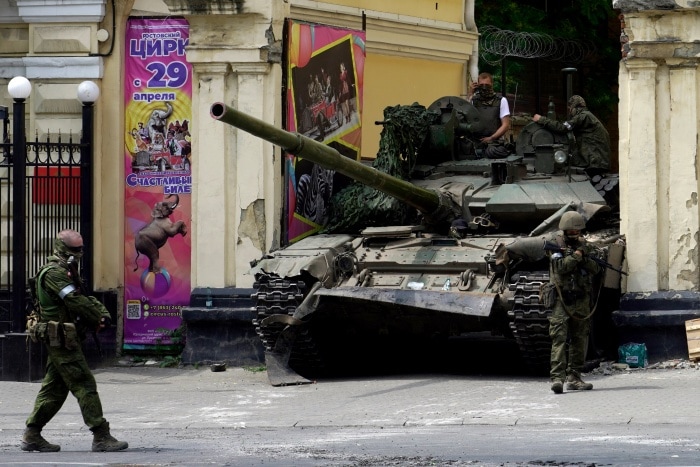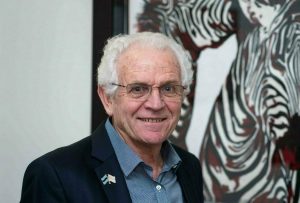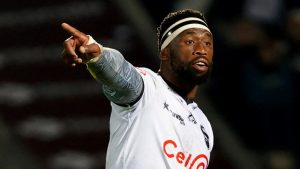Mercenaries who were part of the Wagner rebellion returned to their base on Sunday after the Russian president, Vladimir Putin, and the rebellion leader, Yevgeny Prigozhin, reached an agreement.
The agreement entails that Putin will not prosecute Prigozhin or his members, provided he leaves Russia and goes to live in exile in neighboring Belarus.
This stopped an extraordinary crisis where the private army led by Prigozhin, a former ally of Putin, would invade Moscow in an attempt to overthrow Putin’s government.
Although the tense situation has now been largely defused, experts believe that Wagner’s rebellion against Putin also exposed his vulnerability; a weak point in Putin’s montage that was probably well hidden earlier.
Security measures continued to apply in Moscow on Sunday, although a smaller police presence was maintained. Members of the public spoken to by AFP told the news agency they were no longer worried, even though no one knew exactly where Prigozhin was now.
“Of course I was anxious at the beginning,” said Ludmila Shmeleva, 70, as she walked on Moscow’s Red Square. “I didn’t expect that. We are already fighting, and then there is also an internal enemy stabbing you in the back, like pres. Putin said.
“But we walk around, relax and we don’t feel any danger.”
Prigozhin was last seen late Saturday in an SUV leaving Rostov-on-Don, where his soldiers had taken over an important military headquarters. He was cheered by some residents who even shook his hand through the open car window.
Trucks with, among other things, armored vehicles loaded on them followed his vehicle.

From the assessment of video footage obtained on the basis of the geodata, the American Institute for War Studies, a working group based in Washington, said Wagner’s forces came as close as 330 kilometers from the Russian capital. Prigozhin himself claimed that the rebel group would be only 200 km from Moscow within 24 hours.
The riots on Friday and Saturday were the culmination of Prigozhin’s long feud with the Russian military leadership over the conduct of the Russian operation in Ukraine.
Putin condemned the uprising on Saturday as treason and vowed to punish those involved. He accused them of having brought Russia to the brink of a civil war.
Later that day, however, he accepted an agreement brokered by Belarus to overcome Moscow’s most serious security crisis in decades.

Volodymyr Zelensky, the Ukrainian president, and Pres. Joe Biden of the USA discussed the uprising on Sunday in the run-up to a NATO summit next month in Lithuania.
“The world must put pressure on Russia until international order is restored,” Zelensky said on Twitter.
He added that he again mentioned the possibility of “long-range weapons” for Ukraine, while the country is conducting a counter-offensive against Russian occupiers.
Cracks visible in Russia
The Wagner group, made up of volunteers, former security officers and thousands of convicted criminals recruited into the private army, is believed to have had Moscow’s approval until recently. The group has also carried out several operations in the Middle East and Africa.

However, serious cracks in the once cozy relationship between Russia and the group are now clear, Konstantin Kalachev, an independent political analyst, told AFP.
“Putin underestimated Prigozhin, just as he underestimated Zelensky at the time. He could have stopped this whole thing with a phone call to Prigozhin, but he didn’t.”
US Secretary of State Antony Blinken said on Sunday that Wagner’s brief riot “challenged” Putin’s authority and also pointed out clear cracks in the authority of the Russian state.
Pres. Emmanuel Macron of France also said that the march to Moscow showed a clear split in the Russian camp, as well as the fragility of its military and auxiliary forces.
Qin Gang, China’s foreign minister, pledged his support to Putin and Russia and described the riot as an “internal issue”.








